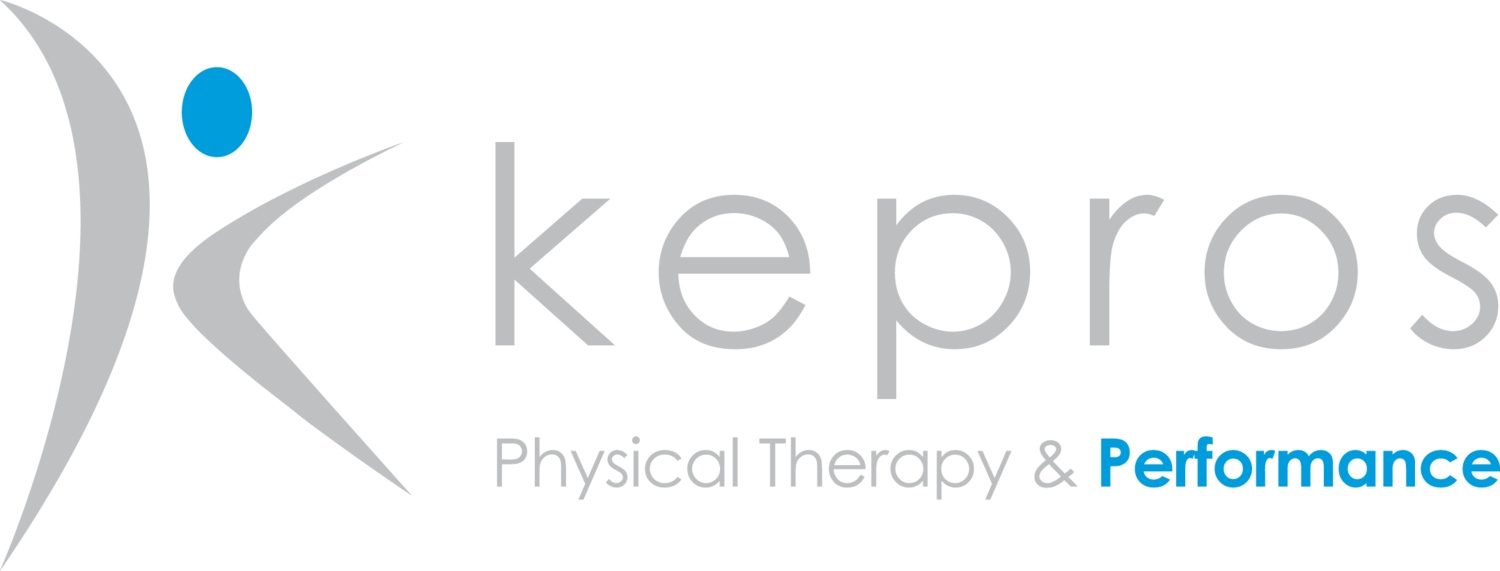Am I Ready to Return?
When we experience pain or injury that prevents participation in sport or usual activities, there are many questions that arise. One of the first questions that comes up is how long will this take or when will I be able to return to my sport or activity? The answer to this depends on many variables such as nature of the injury, tissues involved, healing times, surgery vs. no surgery, intensity and demands of the desired activity or sport, and numerous other factors that are likely to differ between individuals.
We help guide you through a stepwise process to work back towards your desired activity. Once you are able to start a progression back to activity, we start with a full body movement screen to find the movements, mobility impairments, and motor control factors to work on that will help facilitate a gradual return. To learn more on this screen, see our previous post on this subject.
How do I know if/when I am ready or cleared for full participation?
At a basic level, we are constantly assessing ability to perform the necessary tasks required for participation. Through a variety of tests and measures. The more complex/intense the desired activity, the more steps will be required to fully return without restriction. We utilize test and measures to ensure appropriate strength through testing strength and function. Whenever possible, we use data and researched based cutoffs to determine if a patient has met the criteria to pass a test. This allows for definitive goals to be set and it is clear if those goals have been met for safe return to activity.
When returning following injury and/or surgery, there is a step by step process we follow (protocol) that will vary slightly based on the doctor, and the specific procedure. The general progression is listed below and the tasks will become more challenging as strength, control, and endurance improve.
Regain appropriate mobility and active control – can work legs if shoulder or arm injury, and work arms if leg injury as soon as it is safe to do so
Building strength – in all planes of motion for the joint and limb effected
Gradual progression towards desired activity with an understanding of the physical demands
Basic capacity and endurance for walking and running
Cutting and change of direction
Reactive movements
Powerful movement
Full return to performance
The testing for the lower body includes different tests with different demands. When testing only a single leg, the goal is to reach 95% strength of the uninvolved leg. The upper extremity testing for full return to sport is very similar to the lower extremity although the exact strength requirements may be compared to another movement at the same joint, and the expectations compared to the opposite side will depend on which side is dominant:
passing scores on full body movements screens
strength and stability
multiple functional tests to assess application of strength, stability, and control with different demands
Our overall goal is to help each person return to their desired activity or sport as quickly and safely as possible. We never want to hold people out of an activity unless necessary as there can never be zero risk. However, we have these protocols in place to ensure we are working to minimize this risk while maximizing performance.

